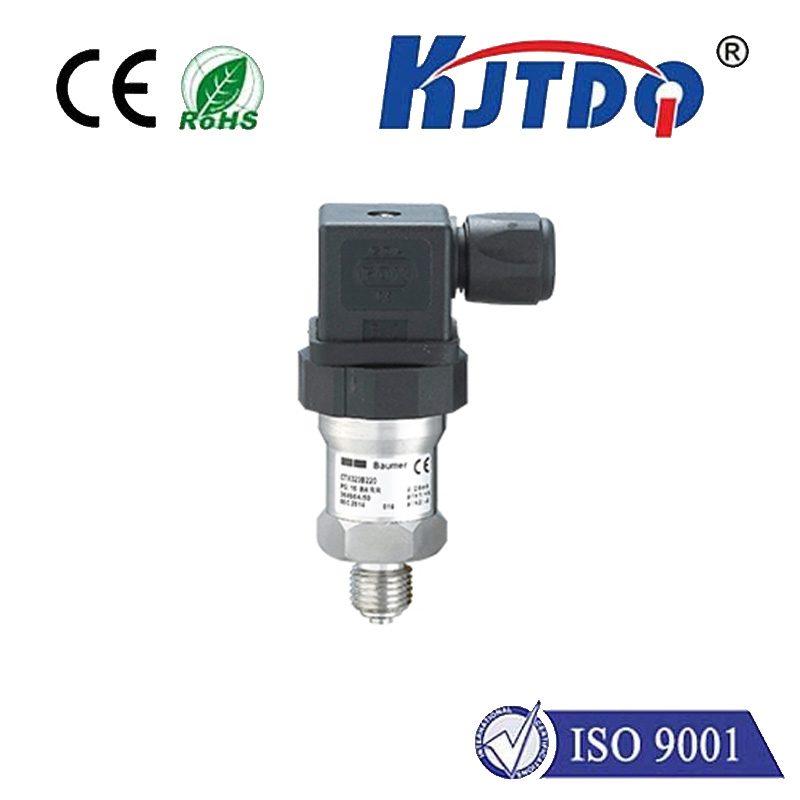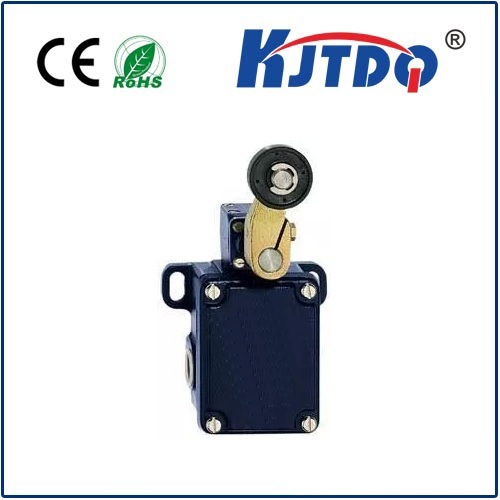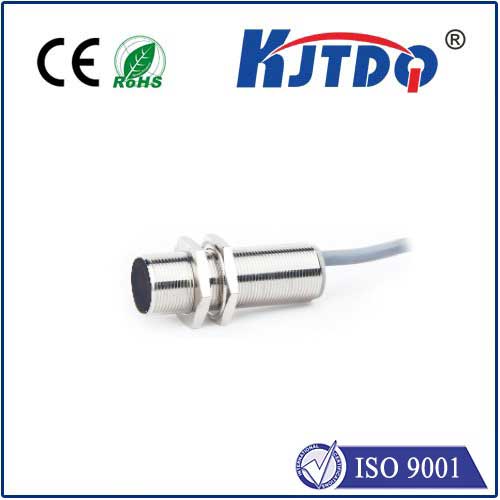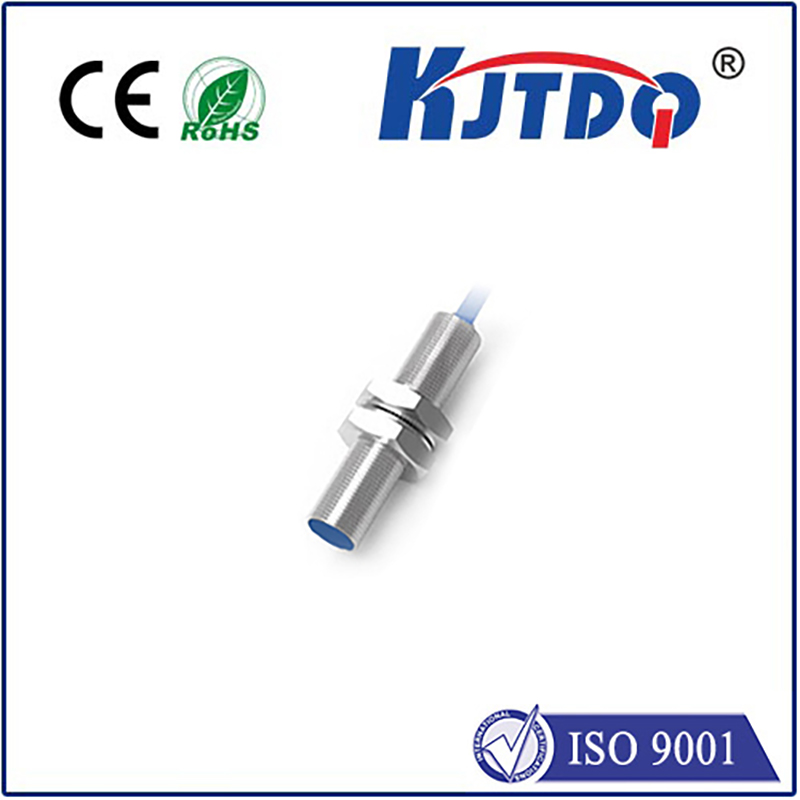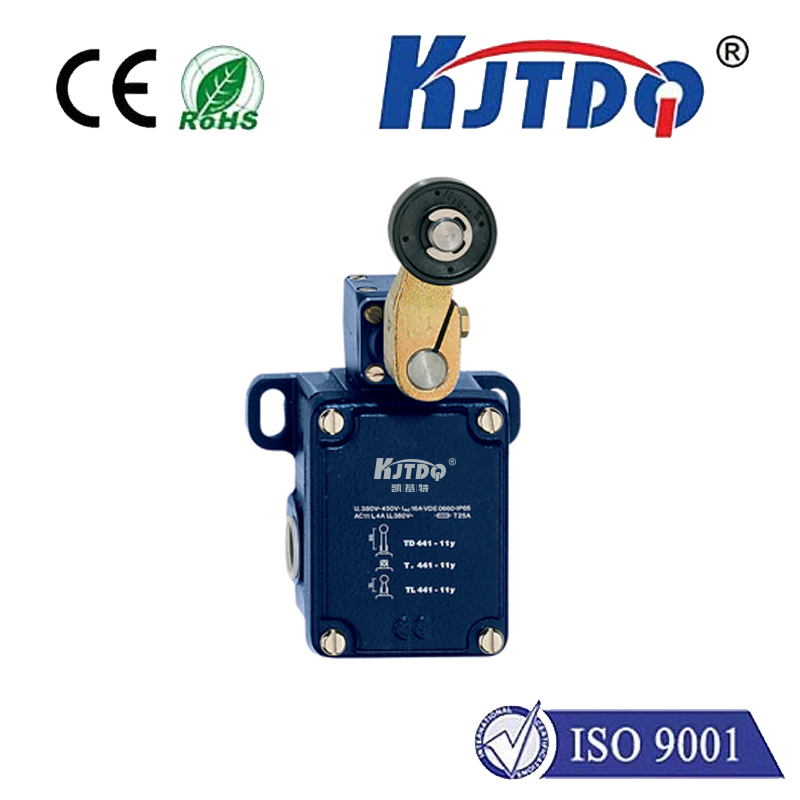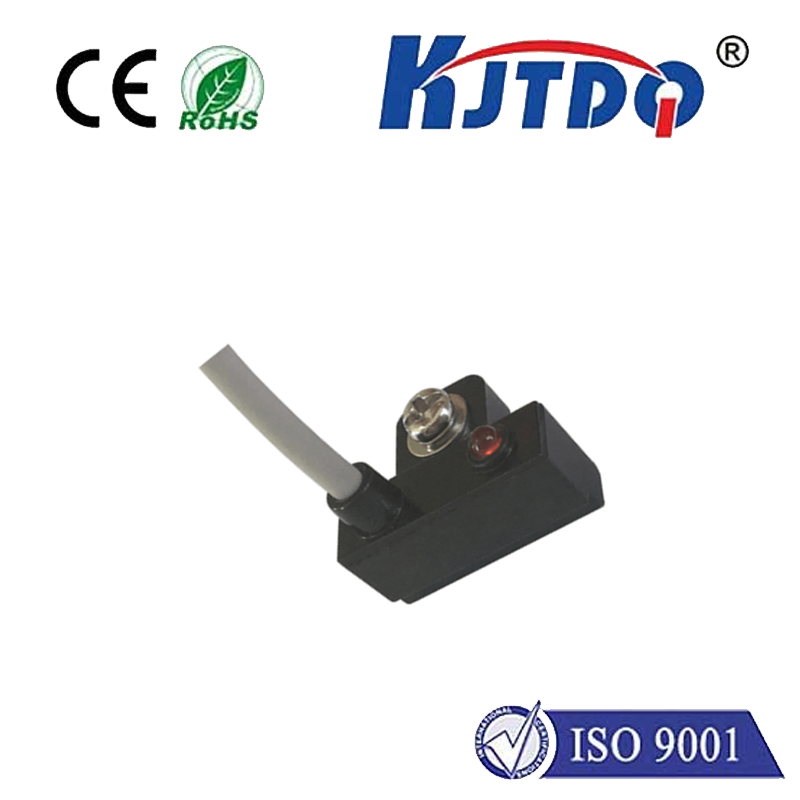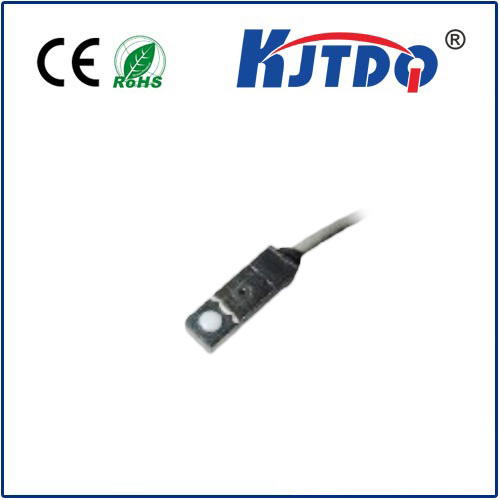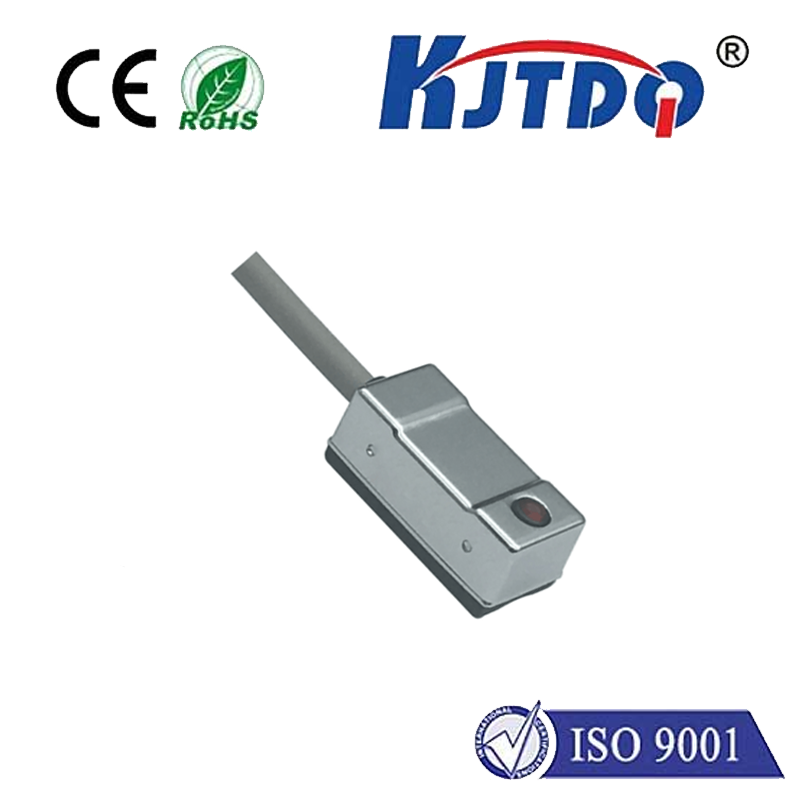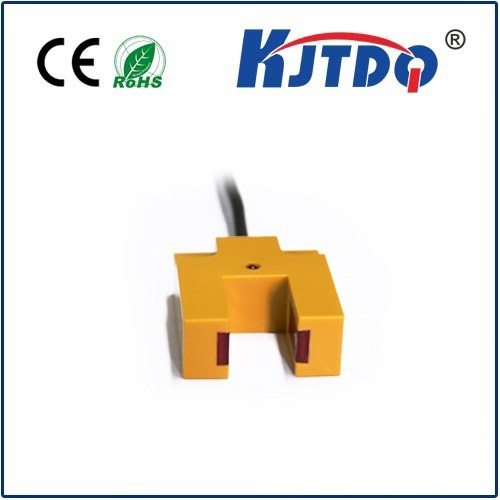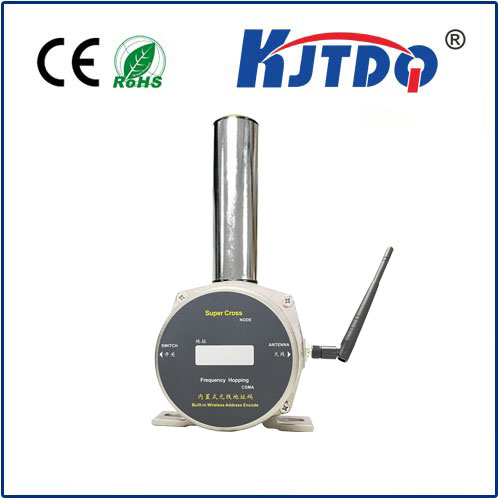

check

check

check

check

check

check

check

check

check

check
Title: Exploring the Versatility of Photoelectric Distance Sensors
Introduction
As technology continues to advance, sensors have become an integral part of modern-day devices. Among these sensors, photoelectric distance sensors stand out for their precision and versatility. This article delves into what photoelectric distance sensors are, how they work, and their numerous applications across various fields.
Understanding Photoelectric Distance Sensors

A photoelectric distance sensor is a device that uses light, often infrared, to measure the distance between itself and an object. It operates on the principle of light reflection or interruption. When the light beam hits an object, it either reflects back to the sensor or gets interrupted by the object, enabling the calculation of distance based on the time delay or reflection properties.
Key Features and Advantages
Photoelectric distance sensors boast high resolution and precision, making them suitable for applications requiring exact measurements. They offer fast response times, enhancing their performance in dynamic environments. Additionally, they are immune to environmental factors like dust or moisture, ensuring reliability even in harsh conditions.
Diverse Applications
These sensors have found widespread use in industries such as manufacturing, where they are used for quality control, automation, and robotics. In the automotive industry, they enable advanced driver assistance systems (ADAS) like parking sensors and crash prevention. Within the field of medicine, photoelectric distance sensors aid in surgical procedures, offering precise positioning and depth measurement.
Technological Innovations
Ongoing innovations have seen the integration of photoelectric sensors with artificial intelligence and machine learning algorithms. This fusion enables more complex functions, such as predictive maintenance and intelligent monitoring systems. As technology evolves, so too does the potential for photoelectric distance sensors to revolutionize industries with smarter, more efficient solutions.
Conclusion
Photoelectric distance sensors serve as testament to the power of combining light and technology. Their accuracy and adaptability make them indispensable tools across sectors. As we look towards a future filled with smart devices and automation, these sensors are set to play an increasingly vital role, pushing boundaries and redefining the limits of what we can achieve through measured distances.
